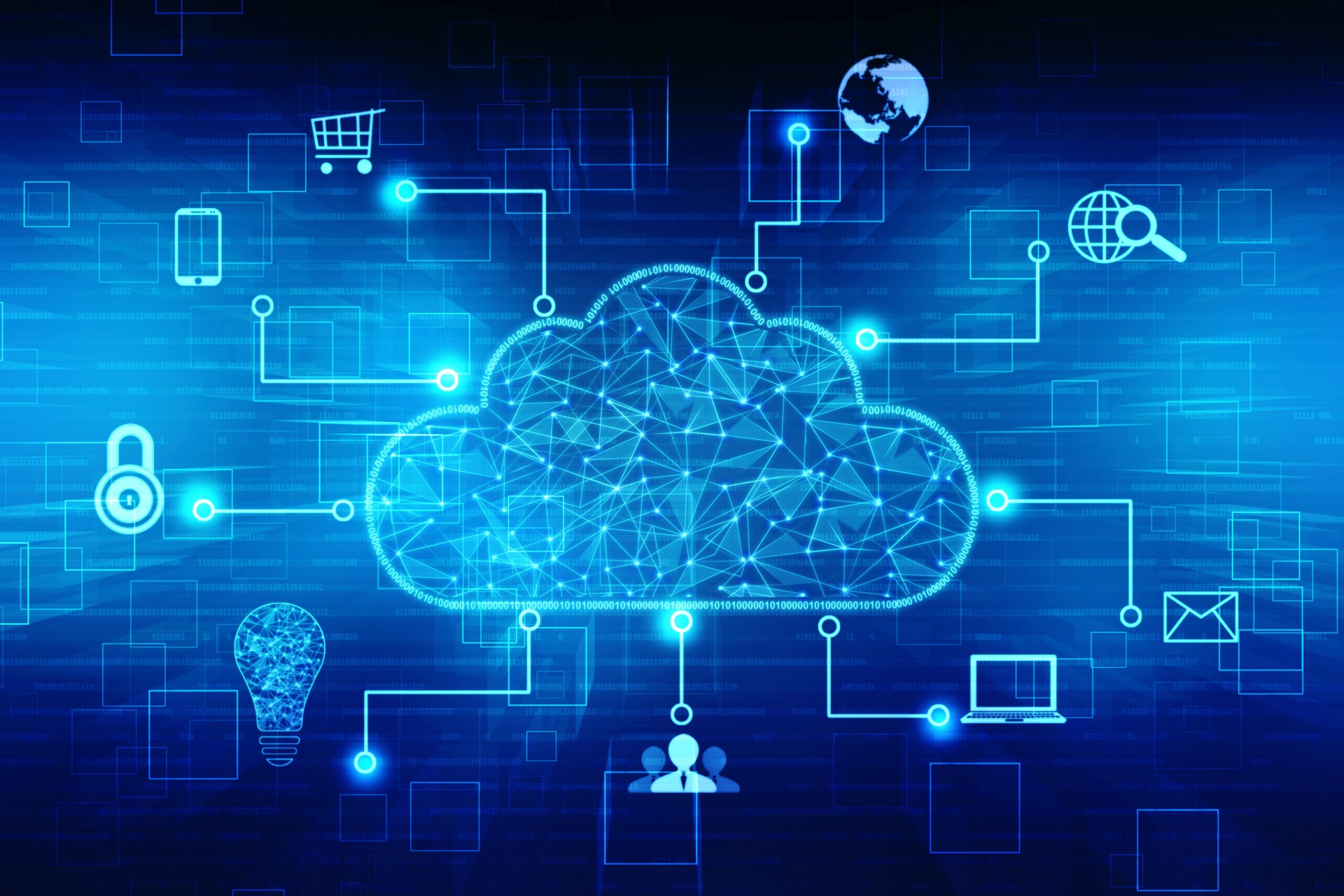Introduction to Computers:
Definition:
Computers are sophisticated electronic devices designed to process data and perform a wide range of tasks. They are capable of executing complex operations with speed and accuracy.
Importance:
In the contemporary world, computers have become an integral part of modern life. Their significance spans across various fields, including education, healthcare, business, and entertainment. They play a crucial role in enhancing efficiency, fostering innovation, and driving progress.
Components:
Computers consist of two main components – hardware and software. Hardware comprises the physical elements, such as the central processing unit (CPU), memory, storage devices, and input/output devices. Software includes programs and applications that enable the hardware to execute specific tasks.

Functions:
The primary functions of computers include data processing, storage, retrieval, and communication. They excel at manipulating information, storing vast amounts of data, retrieving information quickly, and facilitating communication through various channels.
Evolution of Computers & its Applications:
Historical Overview:
Computers seem like a modern invention, but computing dates back to the early 1800s. The first calculating devices were used to make calculations faster and more accurate.
-
- Tally Sticks: These were ancient counting tools made from sticks or bones.
-
- Abacus: This is a bead-based calculating tool that is still used today.
-
- Napier’s Bones: Invented in 1614, this device used rods to multiply and divide.
-
- Slide Rule: This device used logarithmic scales to perform calculations.
-
- Pascaline: Invented in 1642, this was the first mechanical calculator.
In the 1800s, Charles Babbage invented the Difference Engine and Analytical Engine, which are considered the first computers. These machines were never built in Babbage’s lifetime, but they paved the way for future computers.
-
- Difference Engine: This machine could perform complex calculations.
-
- Analytical Engine: This machine was designed to be a general-purpose computer.
The first electronic computer was the ENIAC, which was built in 1946. This machine was used for military purposes during World War II.
-
- ENIAC: This was the first electronic computer.
Since then, computers have become smaller, faster, and more powerful. They are now used for a wide variety of purposes, including communication, entertainment, and education.
The evolution of computers can be traced from early mechanical devices like the abacus and the analytical engine to the sophisticated electronic computers of the modern era. Each phase of development marks significant milestones, such as the invention of the transistor and the development of microprocessors.

Generations of Computers:
Computers have evolved through multiple generations, each characterized by advancements in technology. These generations include vacuum tube computers, transistorized computers, integrated circuit computers, and microprocessor-based computers. The progression reflects the increasing speed, capacity, and efficiency of computing devices.
| Generations of Computer | Time-Period | Evolving Hardware |
|---|---|---|
| First Generation | 1940s – 1950s | Vacuum Tube Based |
| Second Generation | 1950s – 1960s | Transistor Based |
| Third Generation | 1960s – 1970s | Integrated Circuit Based |
| Fourth Generation | 1970s – Present | Microprocessor Based |
| Fifth Generation | Present – Future | Artificial Intelligence Based |
| Vacuum Tubes |  |
| Transistor |  |
| Integrated Circuit |  |
| Microprocessor |  |
| Artificial Intelligence |  |
Applications:
Computers have had a profound impact on various industries, businesses, education, healthcare, and daily life. They have revolutionized data management, automated processes, and transformed the way people work and interact. Industries like finance, manufacturing, and research heavily rely on computer applications.

Technological Advancements:
Innovation plays a pivotal role in shaping the capabilities of computers. Advances in areas such as artificial intelligence, quantum computing, and cloud computing continue to redefine the possibilities of what computers can achieve. These advancements contribute to the ongoing transformation of the digital landscape.
Introduction to IT Gadgets:
Definition:
IT gadgets, or Information Technology gadgets, encompass a diverse range of electronic devices that leverage information technology for various purposes. These gadgets have become essential tools in the modern world, enhancing communication, productivity, and entertainment.
Examples:
Common examples of IT gadgets include smartphones, tablets, smartwatches, digital cameras, and fitness trackers. These gadgets are characterized by their ability to process and transmit information, making them versatile and integral to daily life.

Portability:
One key feature of IT gadgets is their focus on portability. The compact and mobile designs of these devices offer users the convenience of carrying powerful computing tools wherever they go. This portability enhances accessibility and usability.
Integration:
IT gadgets often integrate multiple functions into a single device. For example, smartphones combine features of a phone, camera, music player, and personal assistant. This integration enhances versatility, reducing the need for users to carry multiple devices.
Applications of IT Gadgets:
Communication:
IT gadgets play a pivotal role in facilitating instant communication. Smartphones, for instance, enable users to make calls, send messages, and connect through social media platforms, fostering real-time interaction and connectivity.
Productivity:
These gadgets serve as powerful tools for work, organization, and productivity. Applications such as calendars, note-taking apps, and productivity suites enable users to manage tasks efficiently and collaborate seamlessly.
Entertainment:
IT gadgets provide access to a wide array of entertainment options, including music, videos, games, and online content. The integration of high-quality displays and multimedia capabilities enhances the overall entertainment experience.
Health and Fitness:
Several IT gadgets are designed to promote health and fitness. Wearable devices and smartphone applications track health metrics, monitor physical activity, and provide personalized insights, contributing to the well-being of users.
In conclusion, understanding the evolution of computers and the diverse applications of IT gadgets is essential in navigating the ever-changing landscape of technology in the modern world.
